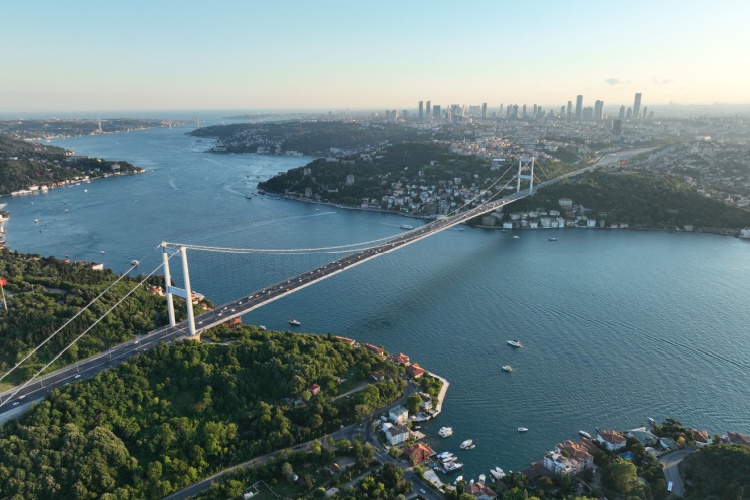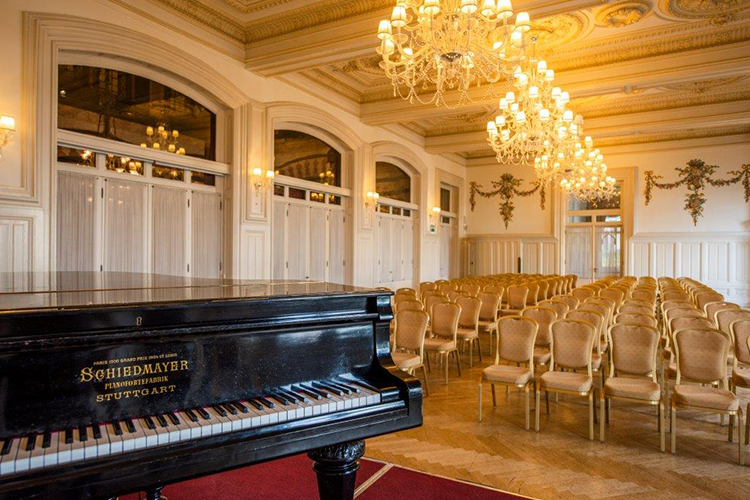Passage Culture and Passages in Beyoğlu
Passages once hosted the most valuable shops, famous cinemas and theaters came to life under their roof. Passages, which in Walter Benjamin’s definition are “a small world on its own”, are still in our lives, although they are not as popular as they used to be in the growing city.
Although its emergence as an architectural style brought many debates as of its period, the passages are not just the shopping centers of the city. Passages, which are also places for cultural gatherings, have taken many small and large tradesmen under their roof. So, what passages are there in Beyoğlu?
Rumeli Pasajı
The Rumeli Passage, drawn by the German architect Jachmund, who was also the architect of the Sirkeci Station, was the tallest building of the Cadde-i Kebir when it was built in the 1890s. The most magnificent of the three passages built by Eğribozlu Sarıca Ragıp Pasha, the chief clerk of the palace, was the Rumeli Passage. The Passage has 9 floors, 58 flats, 30 shops and two more gates opening to Nane Street and Maliyeci Street, apart from the door opening to İstiklal Street. Among the old shops and workplaces in the building were patisseries, jewellers, tailors and practices, but especially in the 1960s, this passage was known for collectible stamp sellers. The first restaurant of the famous Hacı Abdullah in Beyoğlu was opened in Rumeli Passage.
Anadolu Pasajı
Another of the passages that Sarıca Ragıp Pasha brought to Beyoğlu is the Anatolian Passage, which is not so flashy when compared to other passages in Beyoğlu. When viewed from the outside, it looks like an ordinary apartment, but when you enter it, it is a building that surprises you with its size. One of the most important residents of Anadolu Pasajı has been Hacı Salih Restaurant before it transformed with a comprehensive renewal in recent years. Before this restaurant, the ‘’Brasserie de l’Orient’’, a very famous Greek tavern, was located in its place.
Atlas Pasajı
The Passage was built as a winter mansion by the Armenian banker named Agop Köçeyan in 1877 after the great Beyoğlu fire in 1870, and the lower floors of the building were used as a stable for horses and cars during this period. In 1948, repairs and changes were made in the building, as a result of which Muhsin Ertuğrul established Küçük Sahne, Kulis Bar and Atlas Cinema, one of the largest cinemas of the period, came to the building and the building turned into an entertainment center. The building was buy by Cevher Özden in the 1970s, but after the bankruptcy of the person, many remained unused. After being handed over to the treasury in 1985, the building was bought by Türker İnanoğlu in 1989.
There are 44 shops in the passage and the historical Atlas Cinema is still in service. Its capacity has been increased as a result of the structural changes in the cinema. Although Sadri Alışık Cultural Center is located in Küçük Sahne, Kulis Bar has closed.
Çiçek Pasajı
Çiçek Pasajı, one of the first places that comes to mind when Istiklal Street is mentioned, has a very long story. Before today’s building, there was another passage at the place of Çiçek Pasajı, the Hristaki Passage, also known as Cite de Pera. The rich banker who built the passage bought it from Hristaki Zogfaros. The Zogfaros, one of the richest Greek families in Istanbul, got rich by meeting the meat and milk needs of the palace, and besides this passage, they also built the Zografyon Greek High School. It was completely destroyed in the great fire of Beyoğlu in 1870, and in 1875, today’s building, signed by architect Cleanthe Zanno, was built. Çiçek Pasajı, which used to be a quiet building with 18 apartments and 24 shops, took its current name after the Zografos were exiled for political reasons and the shops began to change and they were filled with florists in the 1930s. Since the 1940s, florists have turned into taverns and pubs one by one. The building was reopened in 1988 with its current form and taverns.
Avrupa Pasajı
This passage is allegedly a replica of the Burlington Arcade in London or the arcade on Hausmann Boulevard in Paris. The passage building, which was built by the Ohing Family to architect Pulgher in 1874, was home to a circus and famous Naum Theater before the 1870 Pera fire, 22 shops in the 56 meter passage featured Istanbul’s most famous drapery and button makers. Today in the passage; There is an event hall called Aynalı Geçit. In addition, Aslıhan Pasajı, which hosts many bookstores, is located next to Avrupa Pasajı.
These articles may also be of interest to you:
Beyoğlu Guide for Those Who Want to Discover



